Interview / Shane Lavalette Talks Shop
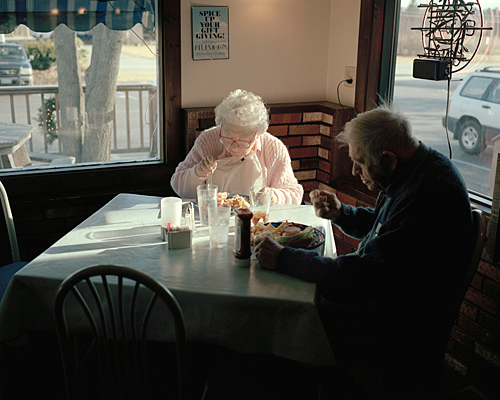
Shane Lavalette is a Photographer. He lives in Massachussets, shoots everywhere else, often waking at the ugly, hairy and sleepy side of dawn to capture space in convoluted places (this makes him a hero in our lazy eyes. I mean… lazy selves eyes… um…) and tells us the Ninja Turtles camera was his first piece of photographic equipment. He is also the young and gifted editor of the art-photography magazine “Lay Flat.” The magazine includes loose photo prints in each issue, and is a fantastic example of a project that took shape thanks to the support of a community of photographers. (oh yeah, and they take submissions – now you know!) So, yeah, read the interview and stuff.
All Photographs were taken from Lavalette’s website. Special thanks to Lope Gutiérrez-Ruiz, with whose collaboration this article was written, and to Juan Pablo Garza all for the e-mails.
Your bio says you live and work in Somerville, MA but your more recent works are set in Ireland and India. Should we expect your new work to be set in Somerville (or Boston) or is your upcoming work set abroad as well?
I have photographed quite a bit at Harvard University (in Cambridge, MA) for my “Ivy League†project. One of these images – a photograph of an empty lecture hall – was actually published in The New York Times Magazine last week along with an article by David Leonhardt. As for new work, I’ve got a few projects underway… one is a result of a more recent trip that I took to France and the others have to do with found imagery, both collecting and re-appropriating. Those are slowly but steadily coming together.
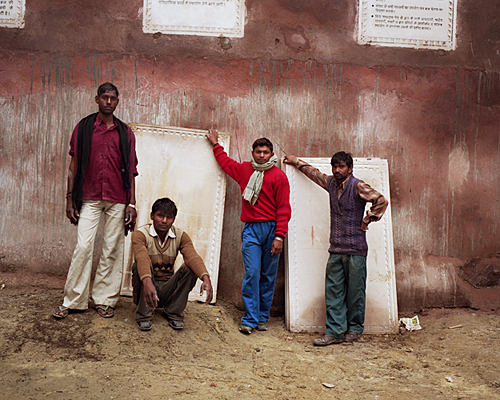
Why have you chosen to shoot your work as you travel? Your portfolio online includes photographs from Coney Island, Vermont, New England and, as mentioned, Ireland and India. Do you find distance enriches your photography or are you constantly photographing your surroundings? (Are we merely not lucky enough to have seen these pictures set at home?)
I was born and grew up in Vermont, so the work from there is as close to home as it gets. As for my other work, it’s really not so much about the travel but maybe it is something about ‘distance’ that allows me to respond to my subjects in a way that feels more instinctual and sometimes more intimate. I’m not sure, exactly. But I do often notice that photographing in an unfamiliar place allows for me to enter a meditative state of intense looking, without thinking so much. And the best pictures seem to come from those moments.
We’re curious about your approach to your “Walking Vrindavan†series. One of the more common imaginary landscapes of India is that it is populous, buzzing, and crowded. It struck us that you chose to portray subjects individually or in small groups, but never within a crowd. In many cases, subjects appear fairly isolated. Did you set out to achieve this? What led you to these images?
I’m glad you noticed the quiet in the photographs. Making pictures in India is of course not easy, as there is a certain stigma attached to a Western photographer returning from the East with a body of work. During the time that I was living in Vrindavan, I came to realize that I wanted to make pictures that defied such expectations (and this imaginary landscape you speak of).
With that intention, I woke up with the sun and photographed the village as it too was waking. During the early morning hours, the place and people both look and feel different; I remember most mornings there was a thick fog that settled on the village and only the sounds of chanting and sometimes monkeys could be heard. Vrindavan of course is buzzing and crowded later in the day, but those morning hours offered a sense of calm. It was also then that I could connect most directly with the landscape and the people. I observed a spiritual richness and how, for many, this spirituality transcends material life.
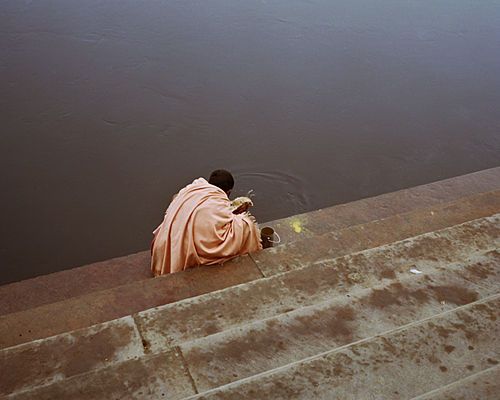
What was your first camera? Could you list every camera you’ve used in your work since then? What types of cameras do you use now?
My first camera was a plastic Ninja Turtles camera, given to me by my babysitters when I about five years old. Around the same time, I discovered the joy of Polaroid film, thanks to my mother. I’m not sure that I could list every camera I’ve used since then, but when I began taking photography more seriously it was a Pentax 35mm that I shot with. From there, I shot a lot of large format (4×5), which really helped me learn to compose and how to answer questions like “Is this the photograph I want to make?†or “Why this photograph?†About two or three years ago I found that medium format is my preference for the work I do and now I work primarily with a 6×7 camera.
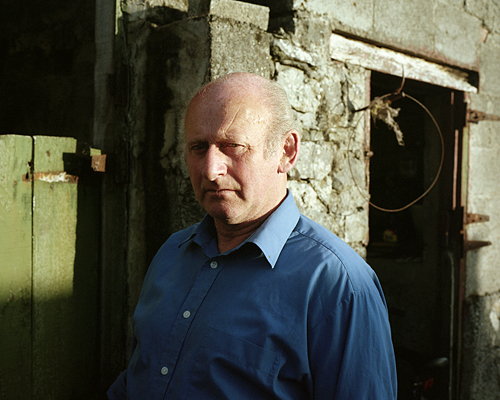
You founded and now edit the fine art photography magazine Lay Flat. How did the idea for the magazine come about? What was the process for its realization?
The only thing I love more than photographs themselves are books of photographs. So, since graduating with a BFA last Spring, I’ve begun working both as a photographer and as an independent publisher. Prior to Lay Flat I put most of my energy into writing an online photography blog, which over the last few years became fairly well-known amongst the photography community. Through the blog I met a number of incredibly talented artists, writers, collectors and critics, and as an effort to collaborate in a physical way I decided to start Lay Flat. The publication itself exists to bring together contemporary photography and writing about the medium. Soon I hope to begin publishing artist books as well.
Lay Flat 01: Remain in Light consists of a 40-page book of text and 20 unbound photographs from a selection of international photographers. For each issue you’ve proposed to collaborate with new a guest editor, and for your first it was Karly Wildenhaus. What is the process of choosing and recruiting a guest editor?
After coming across the blog she was writing at the time, I noticed that Karly and I had similar sensibilities in terms of photography. We discussed the idea of working together and decided to produce a book highlighting new and interesting work by both emerging and more established artists. We also knew then that we wanted to do so in a less traditional manner, by leaving the photographs unbound (which could be sent as postcards, framed, displayed, etc.). Along with the photographs, we included essays by Tim Davis, Darius Himes, Cara Phillips and Eric William Carroll, an interview that I did with Mike Mandel and a poem by Jason Fulford.
[ from the Lay Flat website, here is a booktease of the first issue: ]
What criteria do you use to parse through submissions?
For that issue, we put out a call for work online and received submissions from over 500 artists. Our objective with the first issue was simply to use the power of the Internet to create a unique print publication (some of the text in the book considers this notion, which is relatively new), so Karly and I selected the photographs based purely our initial response to them and how they relate to the other works. We also tried to make sure that we represented both male and female photographers, artists of different ages and from various countries. Future issues may be more thematic, though; what the publication comes together as all depends on where my ideas and those of the guest editor meet.
How do you finance the magazine? What would you recommend a young artist or publication do in order to stay afloat?
As I said, the magazine began with a lot of support (some financial) from the online photography community. Future issues are then financed by the sales of previous issues. Fortunately the first issue’s 1,000 copies sold out entirely in just a few months! If there’s anything I’ve learned getting into the publishing business it’s that everything takes longer and costs more than you expect, but it’s all worth it in the end. Stay true to your vision and others will likely appreciate it.
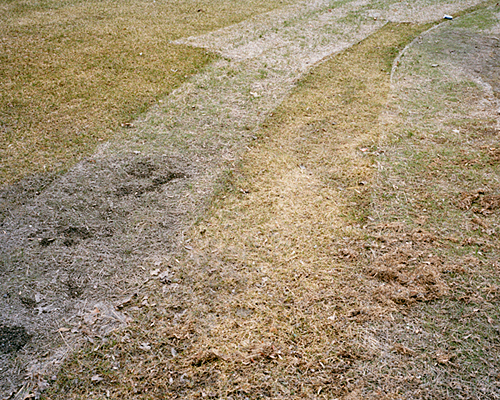
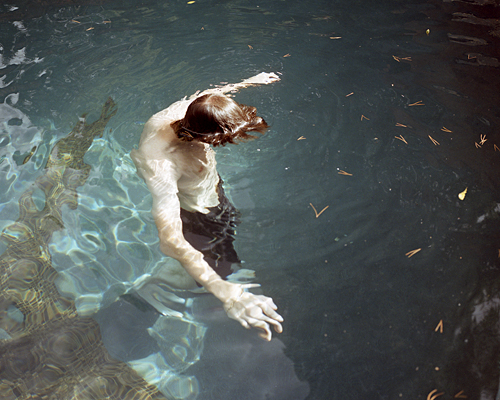

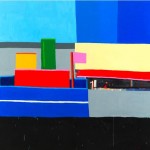
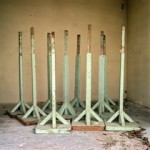
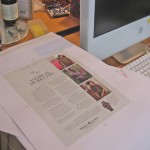
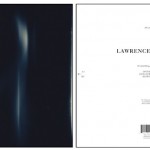
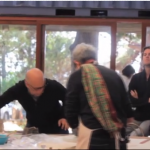


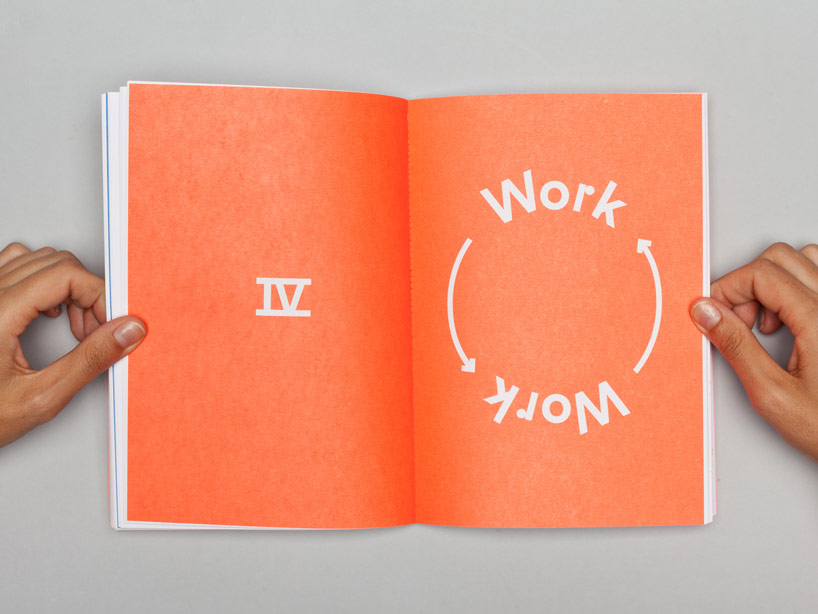

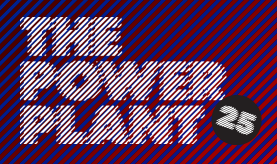
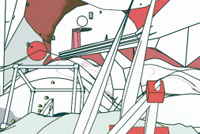
Leave a Reply